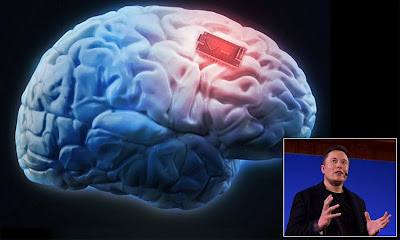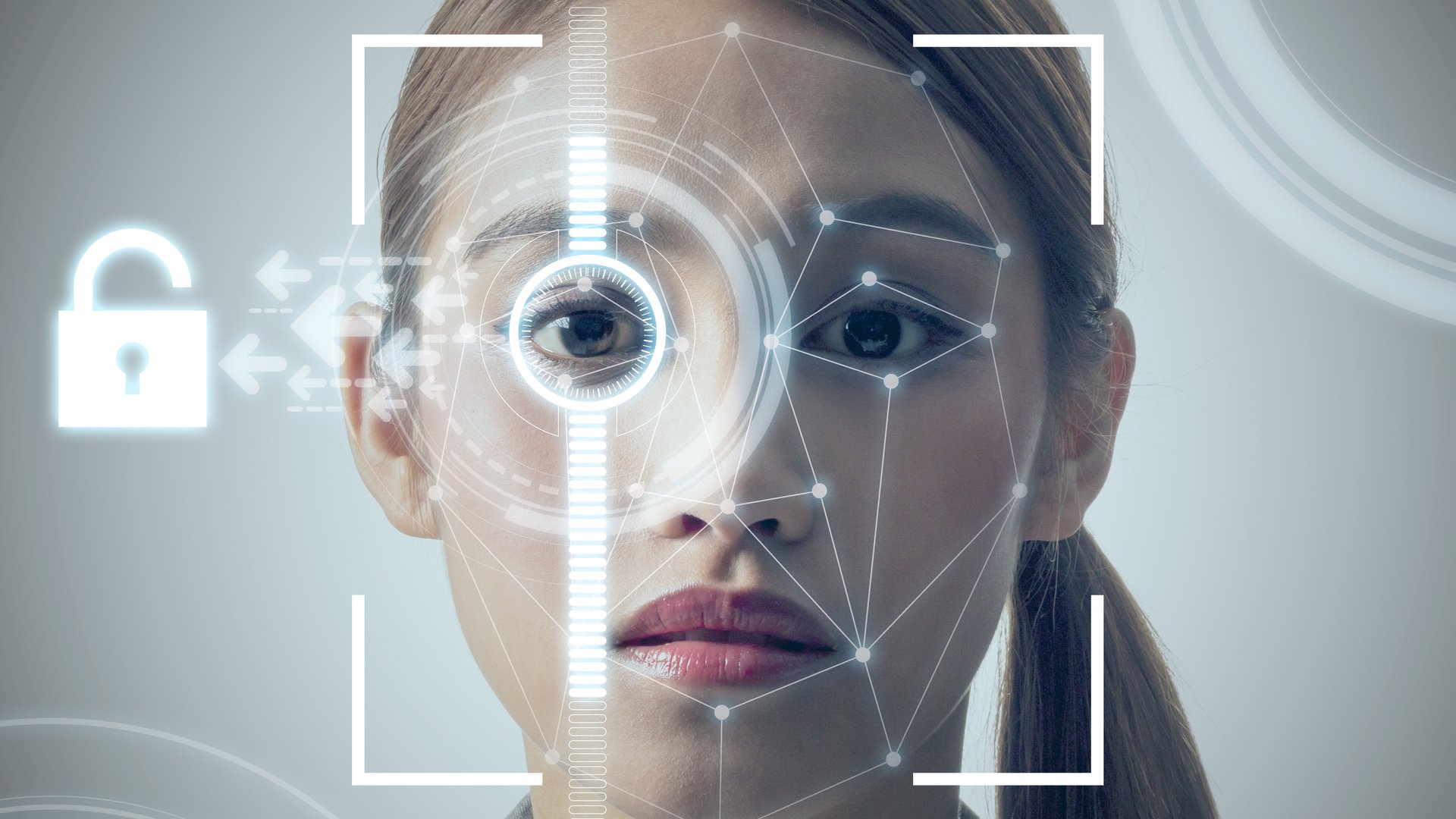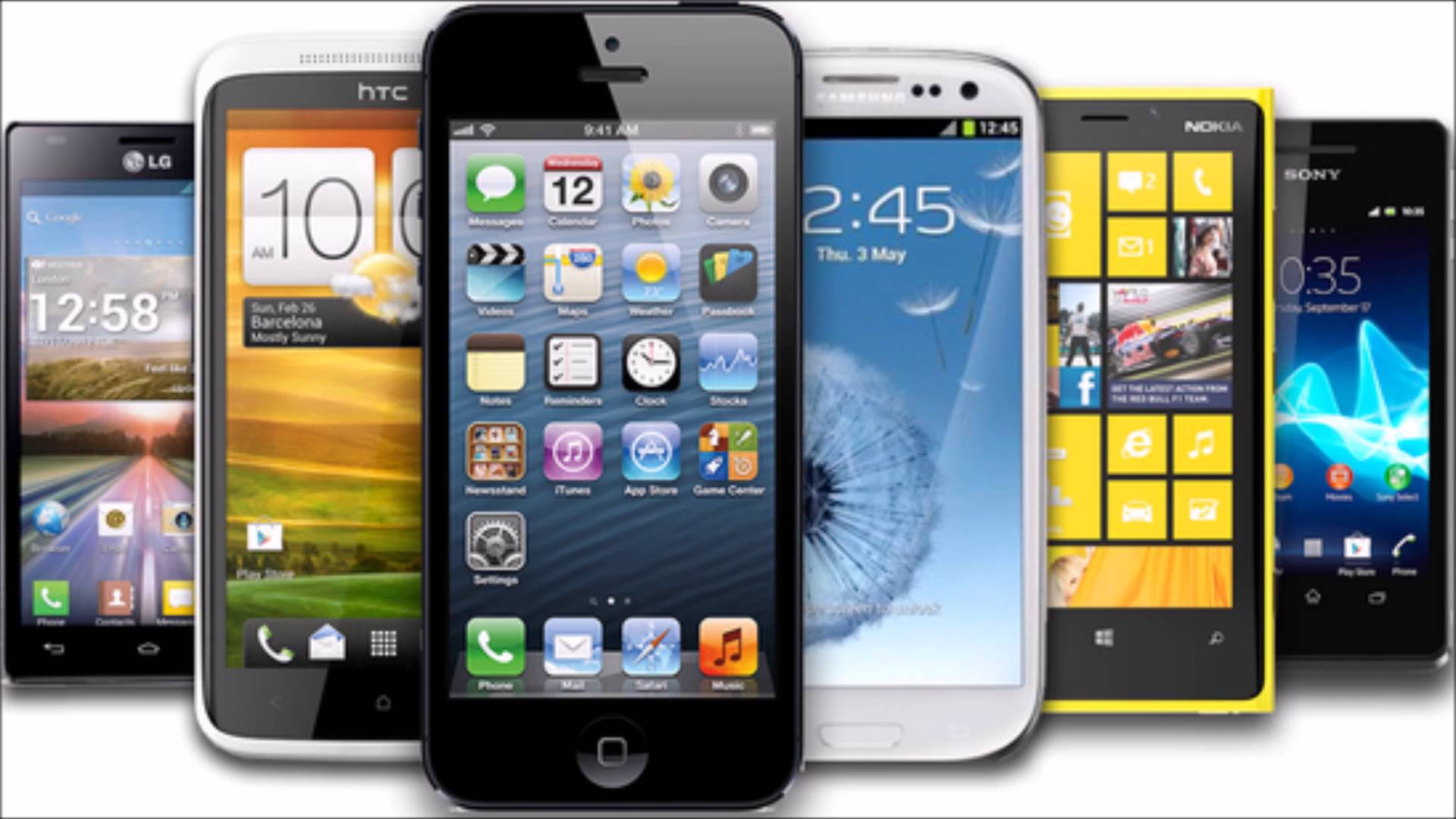
A neuralic is a chip implanted under the skull and used to communicate between the brain and a computer. The author of this project is Elion Musk, the founder of SpaceX and Tesla. The device, implanted under the human skull, is expected to connect to brain cells via 1024 tiny electrodes. It then connects to a computer using Bluetooth technology. However, the company stresses that it is looking for another radio technology to significantly increase data transfer. The device’s battery is supposed to last a full day, but after all, it has to recharge somehow. And here’s where it gets interesting, because charging is supposed to be done wirelessly, simply through the skin. Installing the implant will require drilling a hole in the skull. Realizing the complexity of the process, Elon Musk’s startup is building a special robot designed specifically for the entire surgical process. And this one takes into account opening the scalp, removing part of the skull, then inserting hundreds of “thread-like” electrodes along with a chip and finally closing the incision. Musk added that the robot is meant to bypass blood vessels to avoid bleeding. Musk organized a special presentation where he introduced three pigs: Joyce, Dorothy and Gertruda. Animal testing is just the beginning. Ultimately, the implant is to be implanted under the human skull. Let’s remember this experiment. Someday the history books will write about him: it was then that the implementation of the idea of transhumanism began. The entire presentation, while obviously very interesting, did not provide any major specifics. A reading of Gertrude’s pig brain activity was presented, but the computer did not explain in real time what the various “dots” and “hills” actually meant. The eccentric millionaire, however, talked about Neuralink’s target capabilities in his style. He pointed out that memories could be saved and played back in the future and such stored data could be uploaded to a new body or robot. They are also less distant and therefore more realistic applications for Neuralink. The device could connect to our handheld smart devices, such as smartwatches, and provide much more accurate data on our body temperature, stress and so on. At the same time, he will be able to warn us much earlier about a possible heart attack. Ultimately, Neuralink is expected to help us treat a variety of neurological conditions. Deterioration of memory, brain damage, but also depression and other illnesses, which are either impossible or very difficult to cure, will be one of the directions of the device development.
https://abcnews.go.com/Health/elon-musk-unveils-brain-chip-implant-fitbit-skull/story?id=72703840


